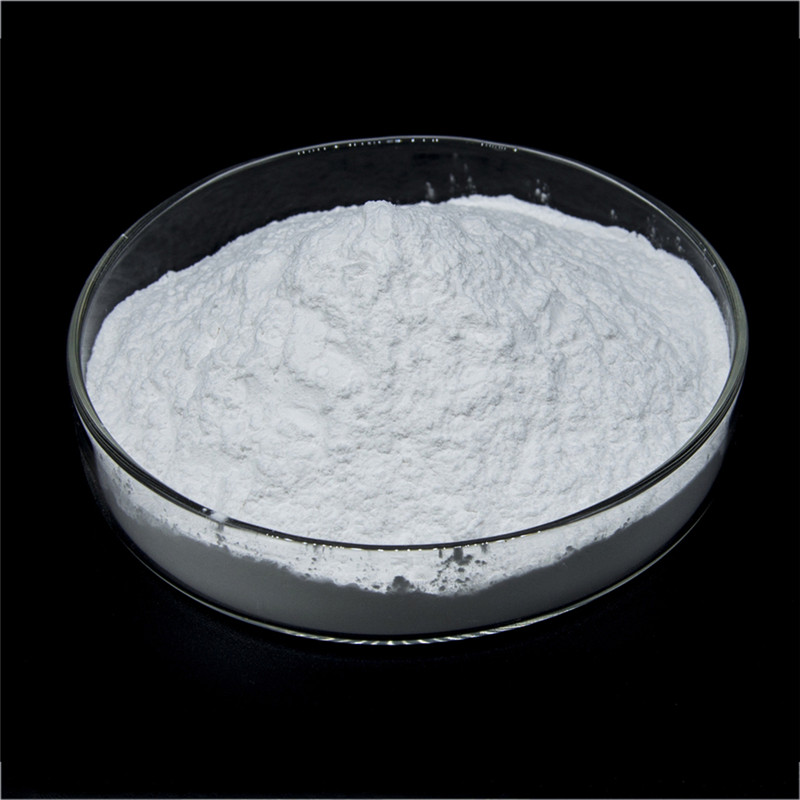White Fused Alumina (WFA) for Epoxy Floor Coatings
White fused alumina (WFA), or white aluminum oxide (Al₂O₃), is a high-purity, synthetic abrasive widely used in epoxy floor coatings to enhance wear resistance, slip resistance, and durability. Its exceptional hardness (Mohs 9.0) and chemical stability make it ideal for demanding industrial, commercial, and cleanroom environments.
1. Key Benefits of White Fused Alumina in Epoxy Flooring
① Extreme Wear Resistance
Hardness (9.0 Mohs): Superior to quartz (7.0) and close to diamond (10.0), making it ideal for high-traffic areas (factories, warehouses, parking garages).
Longer Lifespan: Reduces surface erosion from forklifts, heavy machinery, and foot traffic.
② Enhanced Slip Resistance
Coarse grits (60#-120#) create a textured surface for anti-slip flooring (ramps, food processing plants, chemical labs).
Finer grits (200#-400#) provide a smooth yet durable finish for cleanrooms and electronics manufacturing.
③ Chemical & Stain Resistance
Inert to acids, alkalis, oils, and solvents → Suitable for pharmaceutical labs, chemical plants, and food processing facilities.
Non-yellowing, maintaining a bright white appearance even under UV exposure.
④ Aesthetic Flexibility
Pure white color allows for light-colored or pigmented epoxy floors (unlike brown fused alumina).
Can be used in decorative epoxy floors (showrooms, hospitals, retail spaces).
2. Recommended Applications
| Application | Recommended Grit Size | WFA Content (%) | Key Features |
|---|---|---|---|
| Heavy-duty industrial floors (factories, logistics hubs) | 80#-120# | 20-30% | Extreme abrasion resistance |
| Anti-slip floors (parking ramps, food plants) | 60#-100# | 15-25% | High traction, safety compliance |
| Cleanroom & lab floors (pharma, electronics) | 200#-400# | 10-20% | Smooth, easy to clean, non-contaminating |
| Decorative epoxy floors (hospitals, retail) | 400#-800# | 5-15% | Glossy + wear-resistant |
3. How to Apply WFA in Epoxy Flooring?
① Mixing Method (Most Common)
Blend WFA (10%-30%) into epoxy resin before application.
Ensures uniform distribution of abrasives for consistent wear resistance.
② Broadcast (Sprinkle) Method
Apply epoxy base coat.
While wet, uniformly sprinkle WFA (60#-120#) onto the surface.
After curing, remove loose particles and apply a topcoat sealer for a smooth finish.
③ Multi-Layer System (Heavy-Duty Floors)
Base Layer: Epoxy primer (improves adhesion).
Mid Layer: Epoxy mortar (optional, for impact resistance).
Top Layer: Epoxy + WFA (0.5-3mm thickness, depending on traffic).
4. WFA vs. Other Abrasives in Epoxy Floors
| Abrasive | Hardness (Mohs) | Color | Best For | |
|---|---|---|---|---|
| White Fused Alumina (WFA) | 9.0 | White | High wear + aesthetics | |
| Brown Fused Alumina (BFA) | 8.8-9.0 | Brown | Standard industrial floors | |
| Silicon Carbide (SiC) | 9.5 | Black/Green | Extreme wear (mining, steel plants) | |
| Quartz Sand | 7.0 | Transparent | Low-cost wear resistance |
✅ Best Choice When:
High wear resistance + white color is needed (e.g., food industry, cleanrooms).
Long-term durability is critical (e.g., factories with heavy machinery).
5. Technical Considerations
✔ Particle Size Selection:
Coarse (60#-120#) → Slip resistance (industrial floors).
Fine (200#+) → Smooth finish (decorative floors).
✔ Dispersion Aid Required (to prevent settling in epoxy).
✔ Topcoat Recommended (for gloss, chemical protection).
Conclusion
White fused alumina (WFA) is the premium choice for epoxy floors requiring high durability, slip resistance, and a clean appearance. It outperforms quartz and brown alumina in wear resistance and is ideal for industrial, commercial, and hygienic environments.

